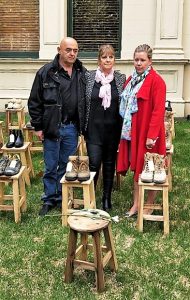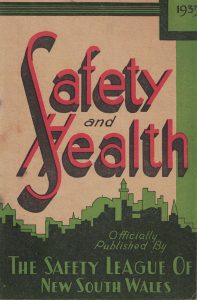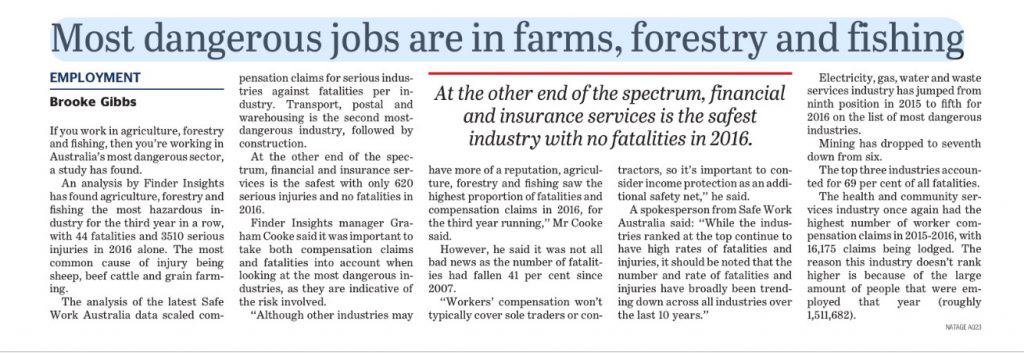 Dr Rebecca Michalak has only recently come to my attention, mainly through challenging some of my statements on social media. I was able to meet her and watch her presentation at the Safety Institute of Australia’s National Health and Safety Conference in May 2018. It is likely her voice will become heard more broadly in coming years as she challenges elements of the Establishment.
Dr Rebecca Michalak has only recently come to my attention, mainly through challenging some of my statements on social media. I was able to meet her and watch her presentation at the Safety Institute of Australia’s National Health and Safety Conference in May 2018. It is likely her voice will become heard more broadly in coming years as she challenges elements of the Establishment.
Many elements of Michalak’s conference presentation can also be heard in the Fit For Work Podcast of Sally McMahon but there were a couple of statements that were notable.
Coping Strategies
“I had a theory that it’s not either/or – it’s an “it depends” thing and what I found across all well-being outcomes, six coping strategies and two samples – that’s 48 mediations – it makes no difference and in fact, most coping strategies make well-being worse.” (emphasis added)

 With little surprise, at the Australian Labor Party (ALP) Conference in Victoria on 26 May 2018, Premier
With little surprise, at the Australian Labor Party (ALP) Conference in Victoria on 26 May 2018, Premier 



